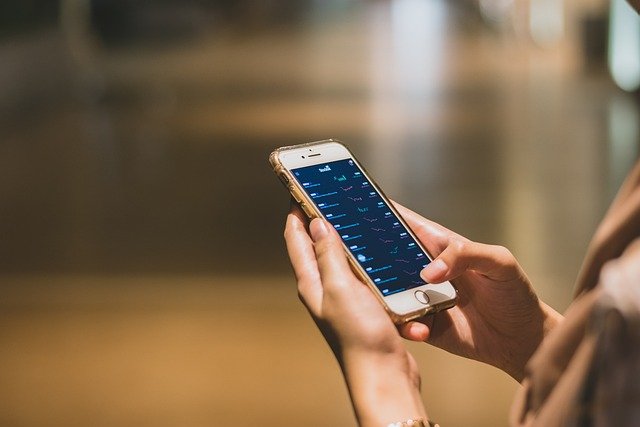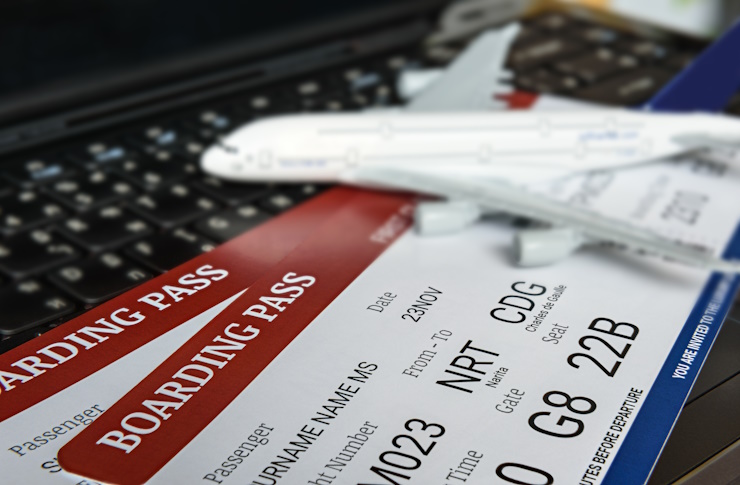Smart Guide to Buying Secondhand Phones: Save Money and Reduce Waste
Purchasing secondhand smartphones has become an increasingly popular choice for consumers seeking quality devices without the premium price tag. The secondhand phone market offers significant financial savings while contributing to environmental sustainability by extending device lifecycles. Understanding how to navigate this market effectively can help buyers make informed decisions that benefit both their wallets and the planet.

Exploring The Environmental Impact Of Secondhand Phones
The environmental benefits of purchasing secondhand phones extend far beyond individual savings. Manufacturing new smartphones requires substantial resources, including rare earth minerals, water, and energy. Each new device contributes approximately 70-85 kilograms of CO2 emissions during production. By choosing secondhand phones, consumers help reduce electronic waste, which currently represents one of the fastest-growing waste streams globally. The extended use of existing devices decreases demand for new manufacturing, reducing mining activities and associated environmental damage. Additionally, keeping phones in circulation longer prevents premature entry into landfills, where toxic materials can leach into soil and groundwater.
Where To Find Reliable Sources For Secondhand Phones
Identifying trustworthy sources for secondhand phones requires careful consideration of various marketplaces and vendors. Certified refurbishment programs from major carriers like Verizon, AT&T, and T-Mobile offer professionally restored devices with quality guarantees. Online platforms such as Swappa, Gazelle, and Amazon Renewed provide marketplace environments with buyer protection policies. Local electronics stores often carry certified pre-owned devices with immediate availability for hands-on inspection. Manufacturer programs, including Apple’s refurbished store and Samsung’s certified pre-owned section, offer factory-restored devices with original packaging and warranties. Consumer-to-consumer platforms like eBay and Facebook Marketplace provide direct seller access but require additional due diligence regarding seller reputation and return policies.
Evaluating Phone Condition And Quality Before Purchase
Thorough evaluation of secondhand phone condition prevents costly disappointments and ensures device functionality. Physical inspection should focus on screen integrity, checking for cracks, scratches, or dead pixels that could affect usability. Battery health represents a critical component, as degraded batteries may require immediate replacement. Testing all buttons, ports, and features including cameras, speakers, and wireless connectivity ensures complete functionality. Software evaluation involves checking for carrier locks, activation status, and operating system updates. Cosmetic grading systems typically range from “Like New” to “Fair” condition, with corresponding price adjustments. Documentation of original purchase, remaining manufacturer warranty, and proof of legitimate ownership helps verify device legitimacy and prevents issues with stolen merchandise.
Understanding Warranty Options For Used Devices
Warranty coverage for secondhand phones varies significantly depending on purchase source and device age. Manufacturer warranties typically transfer to new owners but may have limited remaining coverage periods. Third-party warranty providers offer extended protection plans specifically designed for pre-owned devices, covering mechanical failures and accidental damage. Retailer warranties from certified refurbishers often provide 30-90 day guarantee periods for defects and functionality issues. Carrier-sold refurbished devices frequently include similar warranty terms as new devices, though duration may be reduced. Understanding warranty terms, coverage limitations, and claim procedures helps buyers assess total ownership costs and protection levels. Some credit cards offer purchase protection for secondhand electronics, providing additional security for qualifying transactions.
Tips For Reselling Or Recycling Old Phones Responsibly
Responsible disposal of old phones maximizes value recovery while minimizing environmental impact. Data security requires complete factory resets and encryption key deletion to protect personal information. Market timing affects resale values, with newer models maintaining higher prices before successor releases. Professional assessment services can determine optimal selling strategies and realistic price expectations. Trade-in programs from carriers and manufacturers offer convenient disposal with guaranteed pricing but may provide lower values than private sales. Recycling programs ensure proper material recovery and toxic substance management when devices reach end-of-life status. Donation options include charitable organizations that refurbish devices for underserved communities, extending useful life while supporting social causes.
| Device Type | Source | Typical Cost Range | Warranty Period |
|---|---|---|---|
| iPhone 12 | Apple Refurbished | $450-550 | 1 Year |
| iPhone 12 | Carrier Refurbished | $400-500 | 90 Days |
| Samsung Galaxy S21 | Manufacturer Certified | $350-450 | 1 Year |
| Samsung Galaxy S21 | Third-Party Retailer | $300-400 | 30-90 Days |
| Google Pixel 6 | Online Marketplace | $250-350 | Varies by Seller |
Prices, rates, or cost estimates mentioned in this article are based on the latest available information but may change over time. Independent research is advised before making financial decisions.
The secondhand smartphone market provides viable alternatives to new device purchases while supporting environmental sustainability goals. Success in this market depends on thorough research, careful evaluation, and understanding of available protections and warranties. By following established guidelines for source selection, condition assessment, and responsible disposal practices, consumers can confidently navigate secondhand phone purchases that deliver both financial savings and environmental benefits.




